Langtang Valley, located in Nepal, is a picturesque region that offers a unique blend of stunning landscapes, vibrant culture, and diverse wildlife. Nestled between the Central Himalayan Range to the north and the Ganesh Himal Range to the south, the valley lies just 60 kilometers north of Kathmandu, making it easily accessible for visitors.
Langtang Valley is often referred to as the "Valley of Glaciers" due to its abundance of glacier-fed rivers and majestic snow-capped peaks. The region is home to the Langtang National Park, which protects diverse flora and fauna, including the rare red panda and musk deer. In addition, visitors can experience the rich culture of the local Tamang and Sherpa people, who are known for their warm hospitality and unique customs.
Langtang Valley provides a unique combination of rich cultural experiences and breathtaking natural beauty. The region is inhabited primarily by the Tamang and Sherpa communities, who have a rich cultural heritage influenced by Tibetan Buddhism. Trekking through the valley allows visitors to experience the local culture, visit traditional villages, and even explore ancient monasteries.
Some popular trekking routes in Langtang Valley include:
-
Langtang Valley Trek: A moderate trek typically lasting 7-10 days, it takes trekkers through dense forests, charming Tamang villages, and up to Kyanjin Gompa, offering stunning views of Langtang Lirung, Gang Chhenpo, and other peaks.
-
Tamang Heritage Trail: This trek focuses on the cultural aspect of the region, exploring traditional Tamang villages, soaking in local hot springs, and offering insights into the daily lives of the local communities.
-
Langtang Gosaikunda Trek: A more challenging trek that combines the Langtang Valley Trek with a visit to the sacred Gosaikunda Lake, revered by both Hindus and Buddhists. This trek offers spectacular views of the Himalayas and an opportunity to explore the high alpine terrain.
-
Helambu Trek: A relatively easy trek that takes you through the Helambu region, home to the Hyolmo people, offering an insight into their unique culture and traditions.
Trekking in Langtang Valley is possible throughout the year, with spring (March-May) and autumn (September-November) being the most popular and favorable seasons due to their stable weather and clear skies. However, off-season adventures during winter (December-February) and monsoon (June-August) also offer unique experiences and fewer crowds for those willing to face the challenges associated with these seasons.
Overall, Langtang Valley provides a diverse range of trekking opportunities, allowing visitors to experience the breathtaking beauty of the Himalayas, immerse themselves in the rich local culture, and create unforgettable memories.
Why select the right time to trek Langtang valley?
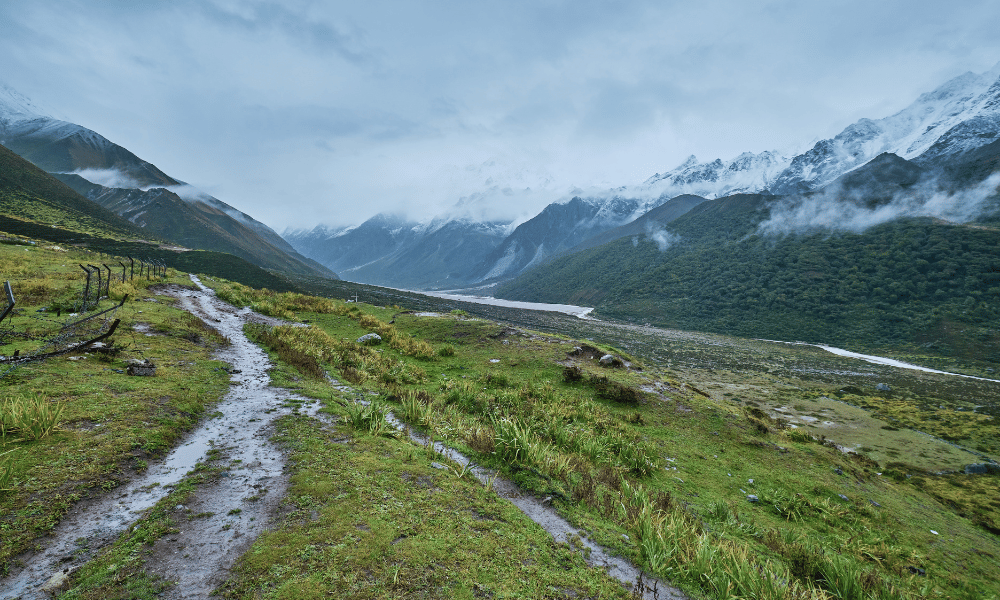
Choosing the right time for a trek in Langtang Valley is crucial for various reasons, including safety, comfort, and overall enjoyment of the adventure. The ideal trekking season can significantly impact the trail conditions, visibility, temperature, and cultural experiences. Here are some key factors to consider when selecting the best time for your trek:
-
Weather: Trekking during the right season ensures favorable weather conditions, with more stable temperatures, clear skies, and reduced chances of heavy rain or snowfall. Good weather makes it easier to navigate the trails and increases the likelihood of enjoying panoramic mountain views.
-
Trail conditions: The right time ensures safer and more comfortable trail conditions. During the monsoon season (June to August), trails can be muddy, slippery, and prone to landslides, while winter (December to February) can bring snow and ice, making the trek more challenging. The best trail conditions are typically found during the spring (March to May) and autumn (September to November) seasons.
-
Visibility: Clear skies and good visibility during the peak trekking seasons (spring and autumn) allow trekkers to fully appreciate the stunning landscapes and mountain vistas. This enhances the overall experience and provides excellent opportunities for photography.
-
Flora and fauna: The right trekking season offers the best chance to witness the region's diverse flora and fauna. Spring is known for its vibrant rhododendron blooms, while autumn offers clear views of the surrounding peaks and a higher likelihood of spotting wildlife in the national park.
-
Cultural experience: Choosing the right time also allows trekkers to engage more fully in local festivals and cultural activities.
Overview of the Seasons in Langtang Valley
Langtang Valley experiences four distinct seasons throughout the year, each with its own characteristics and advantages for trekking. Here is an overview of the seasons in Langtang Valley:

-
Spring (March-May): Spring is a popular season for trekking in Langtang Valley due to its pleasant weather, stable conditions, and blooming rhododendrons. During this time, the temperatures range from 10-20°C (50-68°F) during the day and can drop to 0-5°C (32-41°F) at night. The colorful rhododendron forests and active wildlife make spring an attractive time to visit.
-
Summer/Monsoon (June-August): The monsoon season is characterized by heavy rainfall, which can lead to slippery trails, increased risk of landslides, and reduced visibility. Temperatures during the monsoon season range from 15-25°C (59-77°F) during the day and 5-10°C (41-50°F) at night. Despite the challenges, this season offers lush greenery, vibrant landscapes, and fewer crowds.
-
Autumn (September-November): Autumn is another ideal time for trekking in Langtang Valley, with mild weather, clear skies, and vibrant foliage. Daytime temperatures range from 10-20°C (50-68°F) and nighttime temperatures drop to 0-5°C (32-41°F). The post-monsoon clarity results in stunning mountain views, and the season coincides with major cultural festivals in Nepal.
-
Winter (December-February): Winter in Langtang Valley is characterized by colder temperatures, ranging from 0-10°C (32-50°F) during the day and dropping to -10 to -20°C (14 to -4°F) at night. Snowfall is common, particularly at higher elevations, which can make trekking more challenging. However, this season offers serene snow-capped landscapes, clear skies, and fewer crowds.
Each season in Langtang Valley offers unique experiences and scenery. Spring and autumn are the most popular and favorable seasons for trekking, while winter and monsoon present off-season adventures for those seeking a less-crowded experience. The choice of when to visit Langtang Valley depends on your personal preferences, priorities, and the type of experience you desire.
Spring (March-May) Season
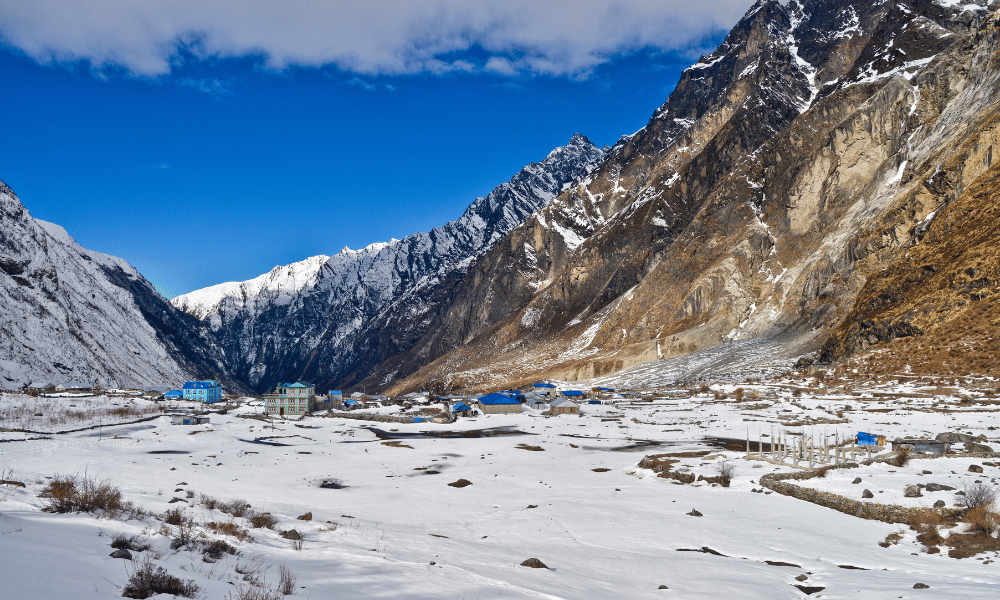
The spring season in Langtang Valley, which lasts from March to May, is one of the most popular and favorable times for trekking in the region. The combination of pleasant weather, stable conditions, and colorful flora makes this season particularly attractive for trekkers. Here are some highlights of trekking in Langtang Valley during the spring season:
-
Rhododendron Blooms: Spring is known for the vibrant rhododendron blooms that adorn the forests and hillsides in Langtang Valley. These colorful flowers create a stunning and picturesque landscape, enhancing the overall trekking experience.
-
Pleasant Weather: During spring, temperatures are moderate and comfortable for trekking. Daytime temperatures typically range between 10-20°C (50-68°F), while nighttime temperatures can drop to 0-5°C (32-41°F). This makes the spring season an ideal time for trekking without extreme heat or cold.
-
Clear Skies and Mountain Views: Spring generally offers clear skies and excellent visibility, providing trekkers with breathtaking views of the surrounding mountain ranges, including the majestic Langtang Lirung, Gang Chhenpo, and Dorje Lakpa peaks.
-
Wildlife: Spring is an active time for wildlife in the region. As the weather warms up and the vegetation comes to life, you have a higher chance of spotting various species of birds, Himalayan tahrs, and other native fauna.
-
Moderate Crowds: Although spring is a popular trekking season, the trails in Langtang Valley tend to be less crowded compared to the popular Everest and Annapurna regions. This offers a more peaceful and less congested experience compared to some other popular trekking destinations in Nepal.
When trekking during the spring season, it's essential to be prepared with the right gear, including layers to accommodate changing temperatures, sun protection, and a good-quality rain jacket, as occasional pre-monsoon showers may occur. With adequate preparation, trekking in Langtang Valley during the spring season promises an unforgettable experience, showcasing the vibrant beauty of the region's flora and breathtaking mountain views.
Monsoon (June-August) Season
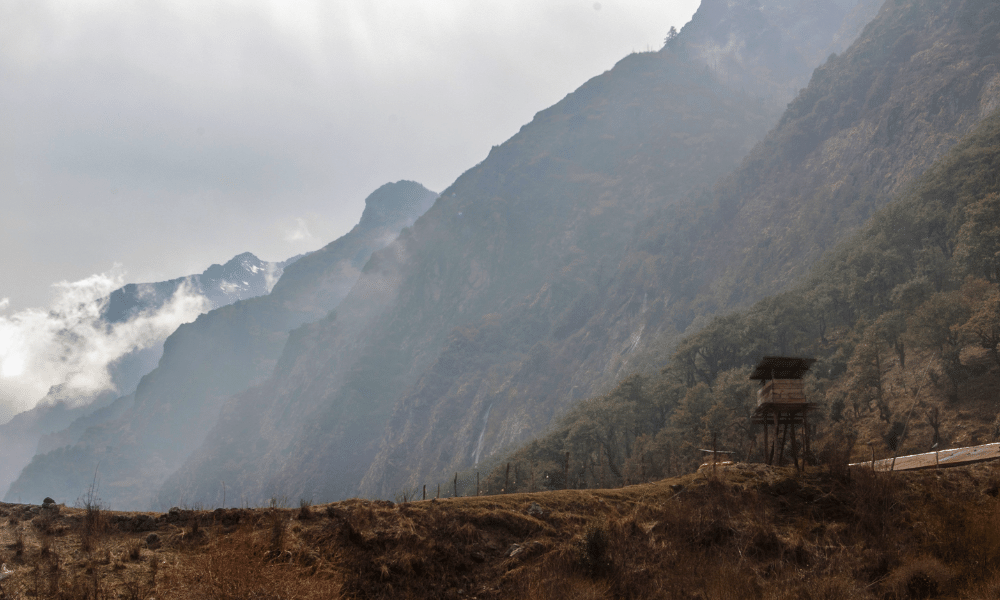
The monsoon season in Langtang Valley, which spans from June to August, is characterized by heavy rainfall, high humidity, and warmer temperatures. While the monsoon season is considered off-season for trekking in the region, it does offer some unique experiences for those who choose to trek during this time.
-
Lush Greenery: The monsoon rains bring life to the flora in the region, turning the landscape incredibly lush, green, and vibrant. This can make for a visually stunning experience, as the forests and hillsides appear more alive and colorful.
-
Waterfalls: The increased rainfall during the monsoon season also results in numerous waterfalls throughout the valley. These waterfalls can be a beautiful sight for trekkers and offer a unique experience that may not be as prominent during other seasons.
-
Fewer Crowds: As monsoon is considered off-season, there will be fewer trekkers on the trails, allowing for a more peaceful and quiet experience. Teahouses and lodges along the trekking route may also be less crowded.
-
Wildlife: The abundance of greenery and water during the monsoon season can attract various wildlife species, offering unique opportunities for wildlife spotting, particularly for birdwatchers.
However, trekking during the monsoon season in Langtang Valley also comes with challenges:
-
Slippery Trails: The heavy rains can make the trails muddy, slippery, and more challenging to navigate. Proper trekking footwear and trekking poles are essential for maintaining balance and stability.
-
Landslides and Leeches: The increased rainfall can cause landslides, making some parts of the trail potentially dangerous. Leeches are also more common during the monsoon season, so it's essential to take precautions to avoid them.
-
Reduced Visibility: The persistent rain and cloud cover can obstruct the views of the mountain peaks, limiting the stunning vistas that the region is known for.
-
Flight and Road Delays: The unpredictable weather during monsoon season can sometimes cause delays or cancellations for flights and transportation to and from the trailhead.
If you decide to trek in Langtang Valley during the monsoon season, make sure to be well-prepared with appropriate waterproof clothing and gear, and consider hiring an experienced guide to help navigate the challenging conditions. While monsoon trekking presents its own set of challenges, it also offers unique experiences and a more tranquil atmosphere for those willing to brave the elements.
Autumn (September-November) Season
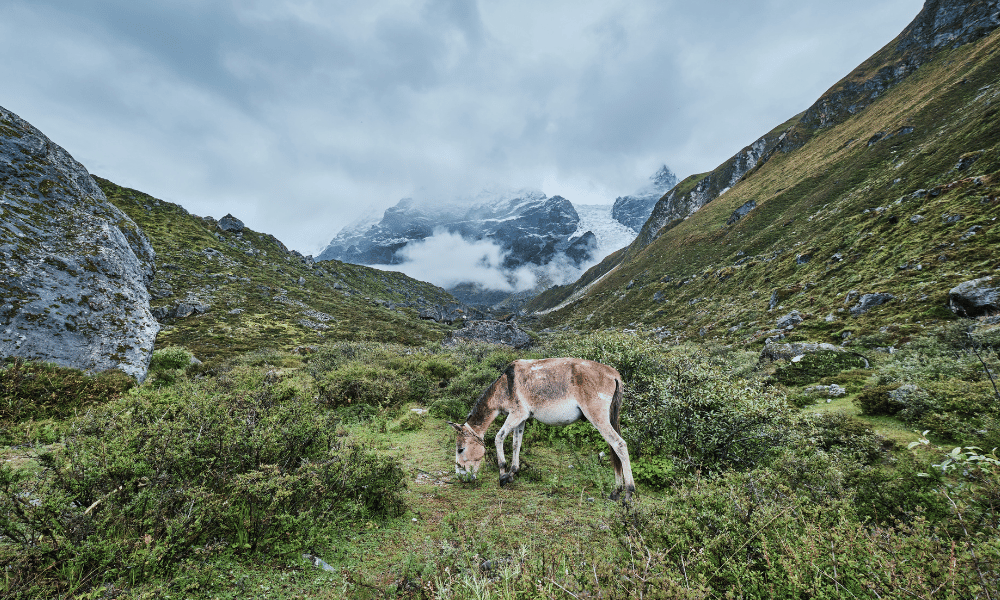
Langtang Valley, located in the Langtang National Park in Nepal, is a popular trekking destination that offers breathtaking views of the Himalayas and a rich cultural experience. Autumn, which stretches from September to November, is considered one of the best times to visit Langtang Valley due to its favorable weather conditions and stunning scenery.
During the autumn season, you can expect the following:
-
Weather: The weather in Langtang Valley during autumn is generally stable and mild. Temperatures range from 10-20°C (50-68°F) during the day and can drop to 0-5°C (32-41°F) at night. As you gain altitude, temperatures will decrease. This is an ideal time for trekking, as the skies are usually clear, providing incredible views of the surrounding mountains.
-
Vegetation: The autumn season is known for its vibrant foliage, as the forests transform into a beautiful palette of red, orange, and yellow. The rhododendron and other native plants add color and charm to the landscape.
-
Wildlife: Langtang National Park is home to diverse flora and fauna. During autumn, you may encounter wildlife such as Himalayan tahr, red panda, and musk deer. Migratory birds are also more likely to be seen during this season.
-
Festivals: Autumn is a culturally significant time in Nepal, with numerous festivals taking place. Dashain, the biggest festival in Nepal, usually falls between September and October, while Tihar, the festival of lights, is celebrated in October or November. Experiencing these festivals in Langtang Valley can provide a unique insight into local customs and traditions.
-
Trekking conditions: Trekking trails in Langtang Valley are in good condition during autumn, as the monsoon rains have subsided, and there is less risk of landslides. With clear skies and dry trails, autumn offers excellent trekking conditions.
Autumn is a fantastic time to visit Langtang Valley, offering pleasant weather, clear skies, vibrant foliage, and opportunities to experience local culture. It is important to book your accommodations and travel arrangements in advance, as this is a popular season for trekking in the region.
Winter (December-February) Season
Winter in Langtang Valley, which stretches from December to February, is characterized by colder temperatures and occasional snowfall. While trekking during winter can be challenging, it offers a unique experience with fewer crowds and serene landscapes.
Here's what to expect during the winter season in Langtang Valley:
-
Weather: Winter temperatures in Langtang Valley can range from 0 to 10°C (32-50°F) during the day and drop to -10 to -20°C (14 to -4°F) at night. As you gain altitude, temperatures will decrease further. Snowfall is common during the winter months, especially at higher elevations, and can sometimes lead to trail closures or difficulty in trekking.
-
Snow-capped mountains: The winter season provides spectacular views of snow-covered peaks, adding a different dimension to the landscape. The clear skies that often accompany winter months also contribute to stunning mountain vistas.
-
Fewer crowds: Winter is considered the off-season for trekking in Langtang Valley, so you can expect fewer tourists on the trails. This provides a more tranquil trekking experience, allowing you to enjoy the natural beauty and solitude of the region.
-
Wildlife: While wildlife is generally more elusive during the winter months, it's still possible to encounter some animals, such as the Himalayan tahr or the snow leopard, if you are fortunate.
-
Trekking conditions: Trekking during winter can be more challenging due to snow and ice on the trails. It is crucial to be well-prepared and have appropriate gear, such as warm clothing, insulated boots, and crampons, if necessary. Hiring an experienced guide is highly recommended to ensure a safe and enjoyable trekking experience.
-
Accommodation and facilities: Some teahouses and lodges along the trekking route may be closed during the winter months, so it is essential to plan your accommodations in advance. Facilities might be more basic, and you should be prepared for potential power outages and limited resources.
In summary, winter in Langtang Valley offers a unique and serene trekking experience with fewer crowds and majestic snow-capped mountain views. However, the colder temperatures, potential for snow, and reduced facilities make it essential for trekkers to be well-prepared and to consider hiring an experienced guide to ensure a safe and enjoyable trip.
Best Time to Visit Langtang Valley
The best time to visit Langtang Valley largely depends on your preferences and priorities, such as weather conditions, scenery, and crowd levels. However, the two most popular and favorable seasons for trekking in Langtang Valley are spring (March to May) and autumn (September to November).
-
Spring (March-May): Spring is a popular time to visit Langtang Valley due to its pleasant weather and blooming rhododendrons. Temperatures range from 10-20°C (50-68°F) during the day and can drop to 0-5°C (32-41°F) at night. As the snow from the winter months melts, trails become more accessible, and the weather is generally stable. The colorful rhododendron forests are a major highlight during this season.
-
Autumn (September-November): Autumn is another ideal time for trekking in Langtang Valley. The weather is mild, with daytime temperatures ranging from 10-20°C (50-68°F) and nighttime temperatures dropping to 0-5°C (32-41°F). The monsoon rains have subsided, leaving behind clear skies, dry trails, and vibrant foliage. This season also coincides with major festivals in Nepal, such as Dashain and Tihar, providing opportunities to experience local culture.
Both spring and autumn offer excellent trekking conditions with stable weather, clear skies, and comfortable temperatures. These seasons are the most popular times to visit Langtang Valley, so you can expect more fellow trekkers on the trails and busier teahouses. If you prefer a quieter experience, consider visiting during the less popular winter (December-February) or monsoon (June-August) seasons, but keep in mind that these seasons have their own challenges, such as colder temperatures, snow, and rain.
Regardless of when you choose to visit Langtang Valley, it's essential to be well-prepared and to consider hiring an experienced guide to ensure a safe and enjoyable trekking experience.
Spring and Autumn: Ideal for Trekking
Both spring and autumn are excellent seasons for trekking in Langtang Valley, offering their own unique advantages. Here is a comparison of the benefits of trekking during these seasons:
Spring (March-May):
-
Rhododendron Bloom: One of the main attractions during the spring season is the blooming of rhododendrons, Nepal's national flower. The forests transform into a vibrant display of pink, red, and white rhododendron blossoms, creating picturesque landscapes.
-
Wildlife: Spring is an ideal time for observing wildlife, as many animals are active during this season. You may spot various species of birds, Himalayan tahr, red panda, and other wildlife in the Langtang National Park.
-
Stable Weather: Spring weather is generally mild and stable, with fewer chances of rain or snow. This makes for comfortable trekking conditions and clear skies, providing fantastic views of the mountain ranges.
-
Pre-monsoon Freshness: The air is fresh, and the landscape is lush and green during the spring season, offering beautiful scenery throughout the trek.
Autumn (September-November):
-
Vibrant Foliage: Autumn is known for its colorful foliage, as the forests turn into a mix of red, orange, and yellow hues. The beautiful autumn colors add to the charm and appeal of the trek.
-
Post-monsoon Clarity: After the monsoon rains, the skies are usually clear, and the air is crisp. This results in stunning, unobstructed views of the mountain ranges.
-
Stable Weather: Similar to spring, autumn offers stable and mild weather conditions with little precipitation. This makes for enjoyable trekking and excellent visibility.
-
Cultural Festivals: Autumn coincides with some of Nepal's most significant festivals, such as Dashain and Tihar. Trekking during this season offers the opportunity to experience and learn about local customs and traditions.
In summary, both spring and autumn provide fantastic trekking experiences in Langtang Valley. Spring offers the unique beauty of rhododendron blooms, while autumn features vibrant foliage and cultural festivals. Both seasons boast stable weather, clear skies, and comfortable temperatures, making them ideal for trekking in the region. The choice between the two seasons depends on your personal preferences and what you wish to experience during your trek.
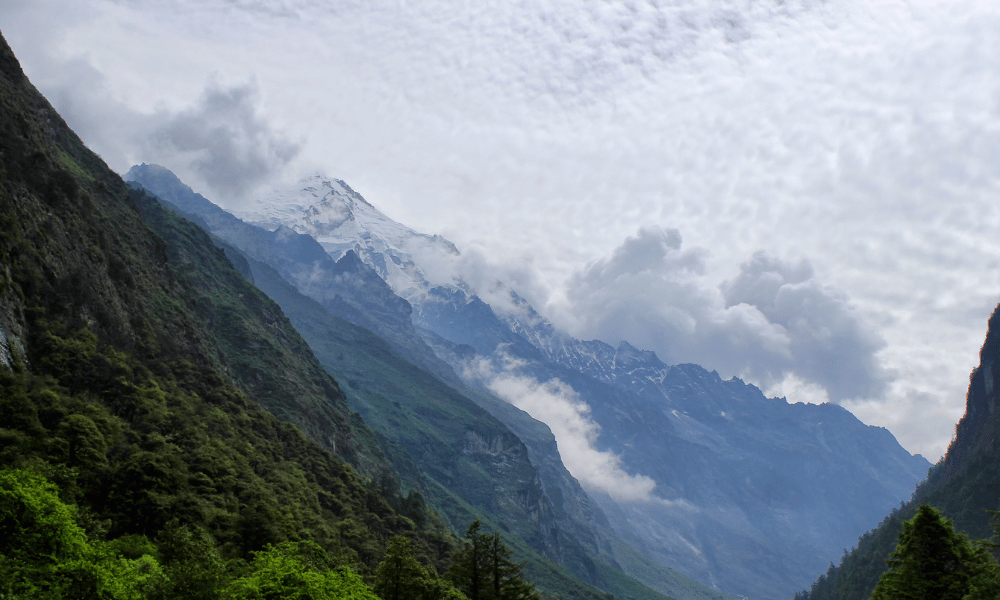
Winter and Monsoon: Off-Season Adventures
While winter and monsoon are considered off-seasons for trekking in Langtang Valley, they still offer unique adventures for those seeking a different experience. Here's an overview of the off-season adventures you can enjoy during winter and monsoon:
Winter (December-February):
-
Snowy Landscapes: Winter in Langtang Valley features snow-capped mountains and a serene, white landscape that can be truly magical. The snow-covered scenery offers a different perspective of the region and adds an enchanting touch to your trekking experience.
-
Fewer Crowds: Since winter is the off-season, there will be fewer trekkers on the trails. This provides a more peaceful trekking experience, allowing you to enjoy the natural beauty and tranquility of the region.
-
Clear Skies: Winter often brings clear skies, which can result in breathtaking views of the surrounding mountain ranges.
-
Wildlife Encounters: While wildlife may be more elusive during the winter months, you might still spot some unique species, such as snow leopards or Himalayan tahrs, if you're lucky.
Monsoon (June-August):
-
Lush Greenery: The monsoon season brings heavy rainfall, which leads to an explosion of greenery in the region. The landscape becomes incredibly lush and vibrant, offering a unique visual experience.
-
Waterfalls: The monsoon rains also give life to numerous waterfalls, which can be an exciting sight for trekkers.
-
Fewer Crowds: Similar to winter, monsoon is considered an off-season, so you can expect fewer trekkers on the trails. This allows for a more tranquil trekking experience.
-
Lower Prices: During the monsoon season, accommodations and other trekking services may be more affordable due to decreased demand.
It's essential to note that both winter and monsoon seasons come with their challenges. Winter treks require more preparation and warmer clothing, as well as the potential need for crampons and other specialized gear. Monsoon treks can be slippery and muddy, with a higher risk of landslides and leeches. In both cases, hiring an experienced guide is highly recommended to ensure a safe and enjoyable trekking experience.
If you're willing to embrace these challenges, winter and monsoon treks in Langtang Valley can offer unique adventures and a more peaceful, crowd-free experience.
Preparing for Your Langtang Valley Trek
Preparing for your Langtang Valley trek involves careful planning, obtaining necessary permits, packing the right gear, and being physically prepared for the challenges of the trek. Here are some essential steps to help you prepare for your adventure:
-
Research and planning: Research the different trekking routes in Langtang Valley, the difficulty levels, and the estimated duration of your trek. Consider your experience, fitness level, and personal preferences when selecting a route. It's also important to choose the right season for your trek, keeping in mind the weather conditions and crowd levels.
Obtain necessary permits: To trek in Langtang Valley, you will need the following permits:
-
TIMS (Trekkers' Information Management System) card
-
Langtang National Park entry permit
Make sure to obtain these permits before starting your trek. You can acquire them in Kathmandu or Pokhara.
-
Arrange accommodations and transportation: Book accommodations, such as tea houses or lodges, along your chosen trekking route. Make sure to confirm their availability, especially during the off-season. Arrange transportation to and from the trailhead as well.
-
Hire a guide and/or porter: Consider hiring a local guide to help you navigate the trails and ensure a safe and enjoyable trekking experience. A porter can also be helpful in carrying your luggage, allowing you to focus on the trek itself. Hiring a guide and porter can be done independently or through a trekking agency.
-
Physical preparation: Trekking in Langtang Valley can be physically demanding, so it's essential to be in good shape before starting your trek. Engage in regular cardiovascular exercises, such as running, swimming, or cycling, and incorporate strength and flexibility training to prepare your body for the challenges of the trek.
-
Acclimatization: Altitude sickness can be a concern while trekking in Langtang Valley. Plan your itinerary to allow for gradual altitude gain and acclimatization days. If you experience any symptoms of altitude sickness, make sure to communicate with your guide and descend to a lower elevation if necessary.
-
Packing the right gear: Packing appropriate gear is crucial for a successful trek. Some essential items to include in your packing list are:
-
Good-quality hiking boots
-
A comfortable backpack with a rain cover
-
Warm clothing, including layers, waterproof and windproof jackets, and thermal underwear
-
Trekking poles
-
Sunglasses and sun protection (hat, sunscreen)
-
Water purification tablets or a water filter
-
A first aid kit and personal medications
-
Snacks and energy bars
-
A headlamp or flashlight
-
Camera and spare batteries
-
Toiletries and personal hygiene items
-
Keep in mind that the specific gear you'll need may vary depending on the season and weather conditions during your trek.
By taking these steps, you can be well-prepared for your Langtang Valley trek, ensuring a safe, enjoyable, and memorable adventure.
Conclusion
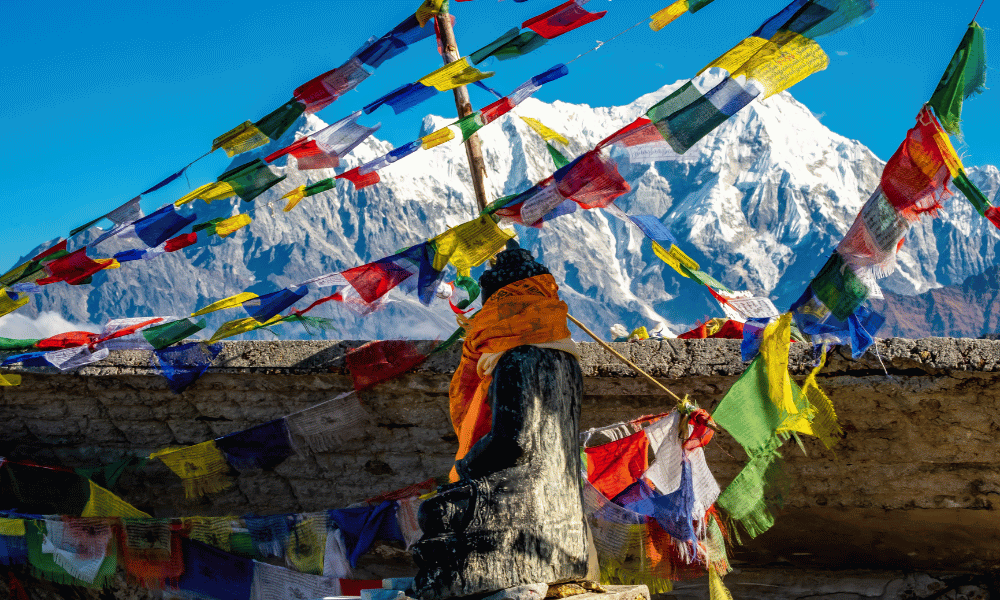
In conclusion, the best time to visit Langtang Valley depends on your personal preferences, priorities, and the type of trekking experience you're seeking. The two most popular and favorable seasons for trekking in Langtang Valley are spring (March to May) and autumn (September to November), both offering stable weather, clear skies, and comfortable temperatures.
Spring is an excellent time to witness the vibrant rhododendron blooms and enjoy the lush, green landscape. Autumn, on the other hand, offers a stunning display of colorful foliage and the opportunity to experience local cultural festivals like Dashain and Tihar.
While both of these seasons provide ideal trekking conditions and beautiful scenery, they also tend to be more crowded as they are the most popular times to visit. If you're looking for a more tranquil and off-the-beaten-path experience, consider trekking during the off-seasons of winter (December-February) or monsoon (June-August). However, keep in mind that these seasons come with their own challenges, such as colder temperatures, snow, and rain, which require extra preparation and caution.
Ultimately, the choice of when to visit Langtang Valley should be based on your personal preferences and priorities, ensuring that you have the most enjoyable and fulfilling trekking experience possible.
Experience the beauty of the Langtang Region
Embarking on a trek in Langtang Valley is an incredible opportunity to immerse yourself in the breathtaking beauty of the region and create unforgettable memories. The diverse landscape, rich culture, and majestic mountain views make Langtang Valley a unique and rewarding trekking destination. By carefully planning your trip, you'll be able to fully experience and appreciate the wonders this region has to offer.
We encourage you to take the leap and plan your Langtang Valley trek. As you venture along the trails, you'll witness the splendor of the snow-capped Himalayas, traverse through lush forests, and encounter vibrant rhododendron blooms or vivid autumn foliage, depending on the season you choose. Along the way, you'll have the chance to meet friendly local people, learn about their customs and traditions, and possibly even participate in cultural festivities.






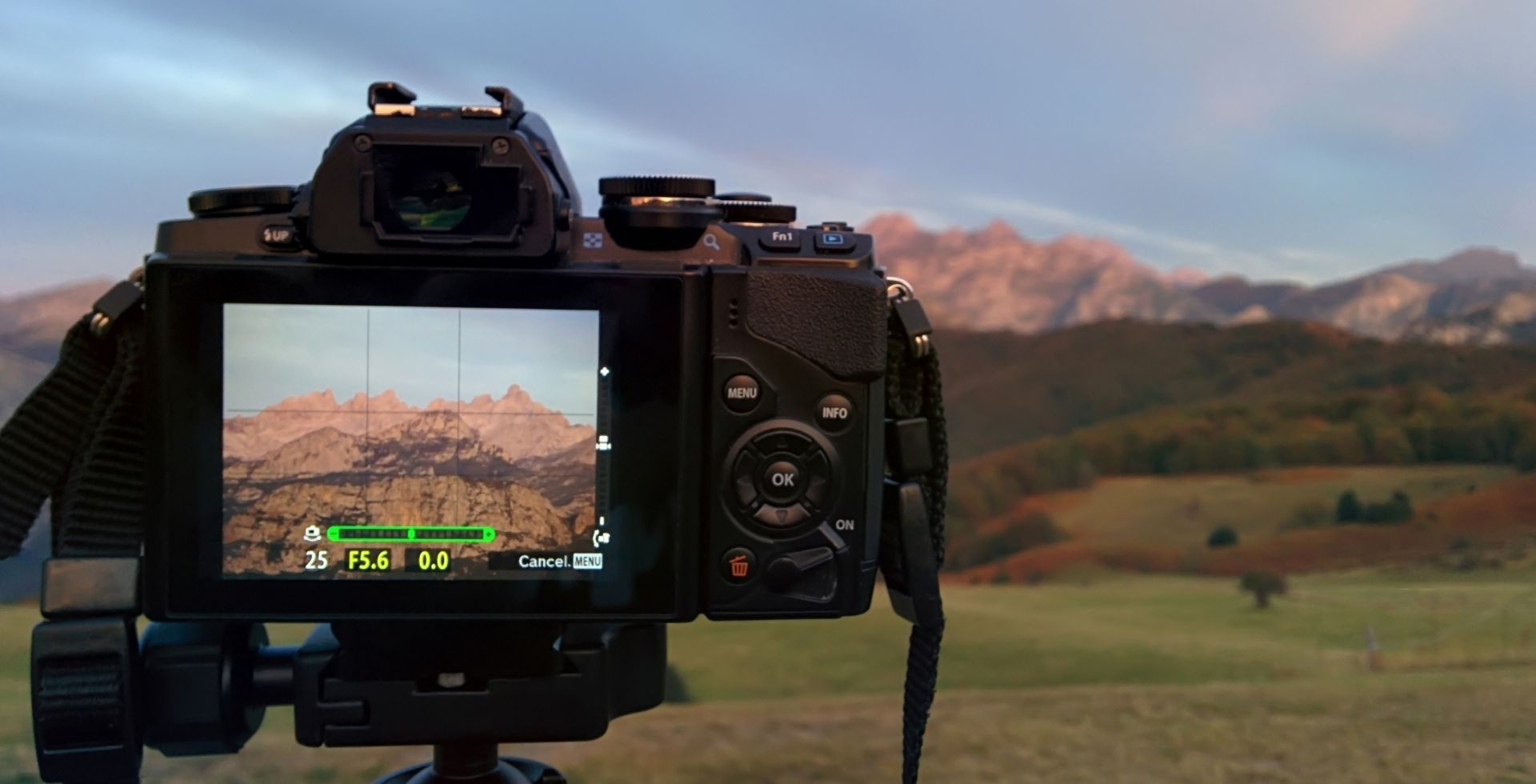
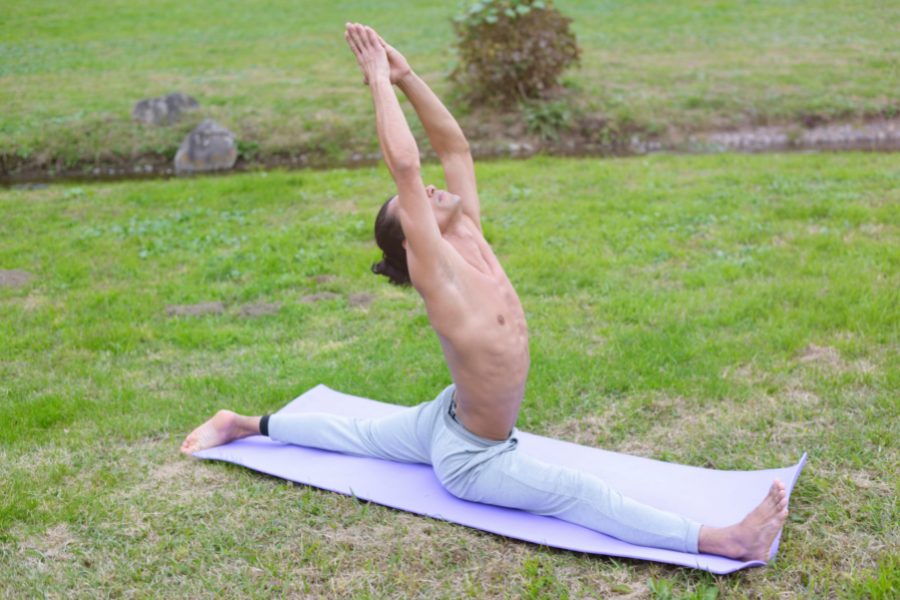
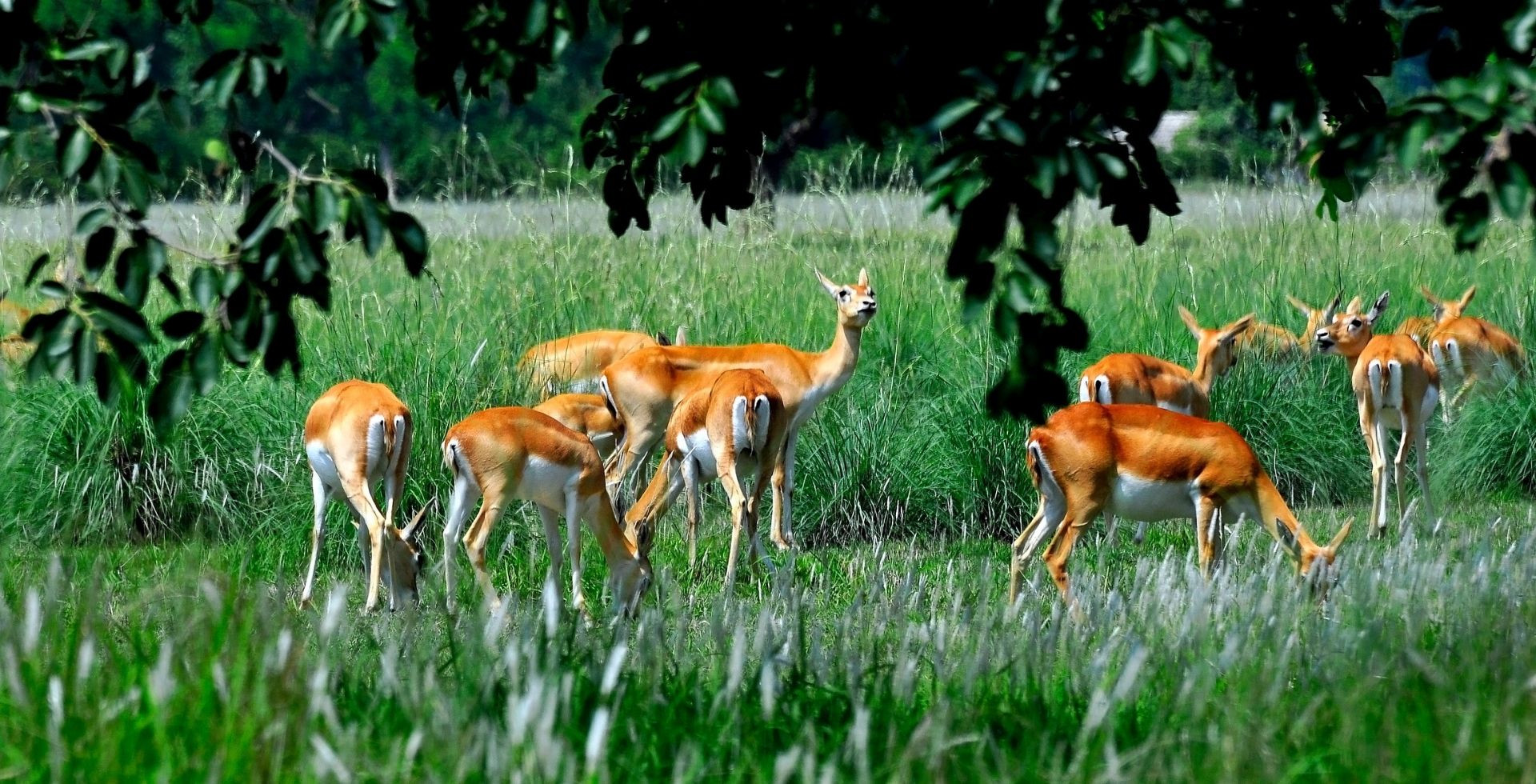
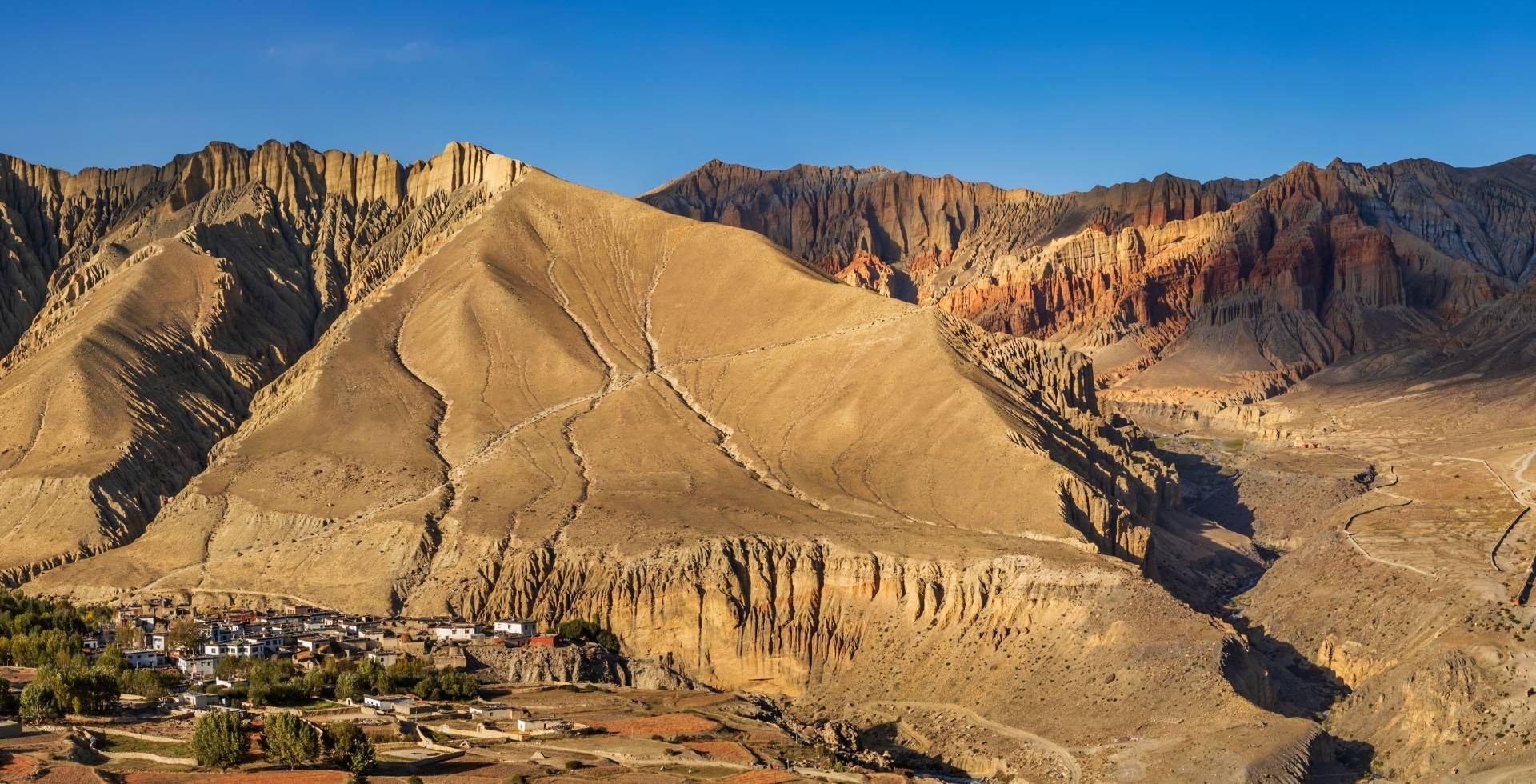

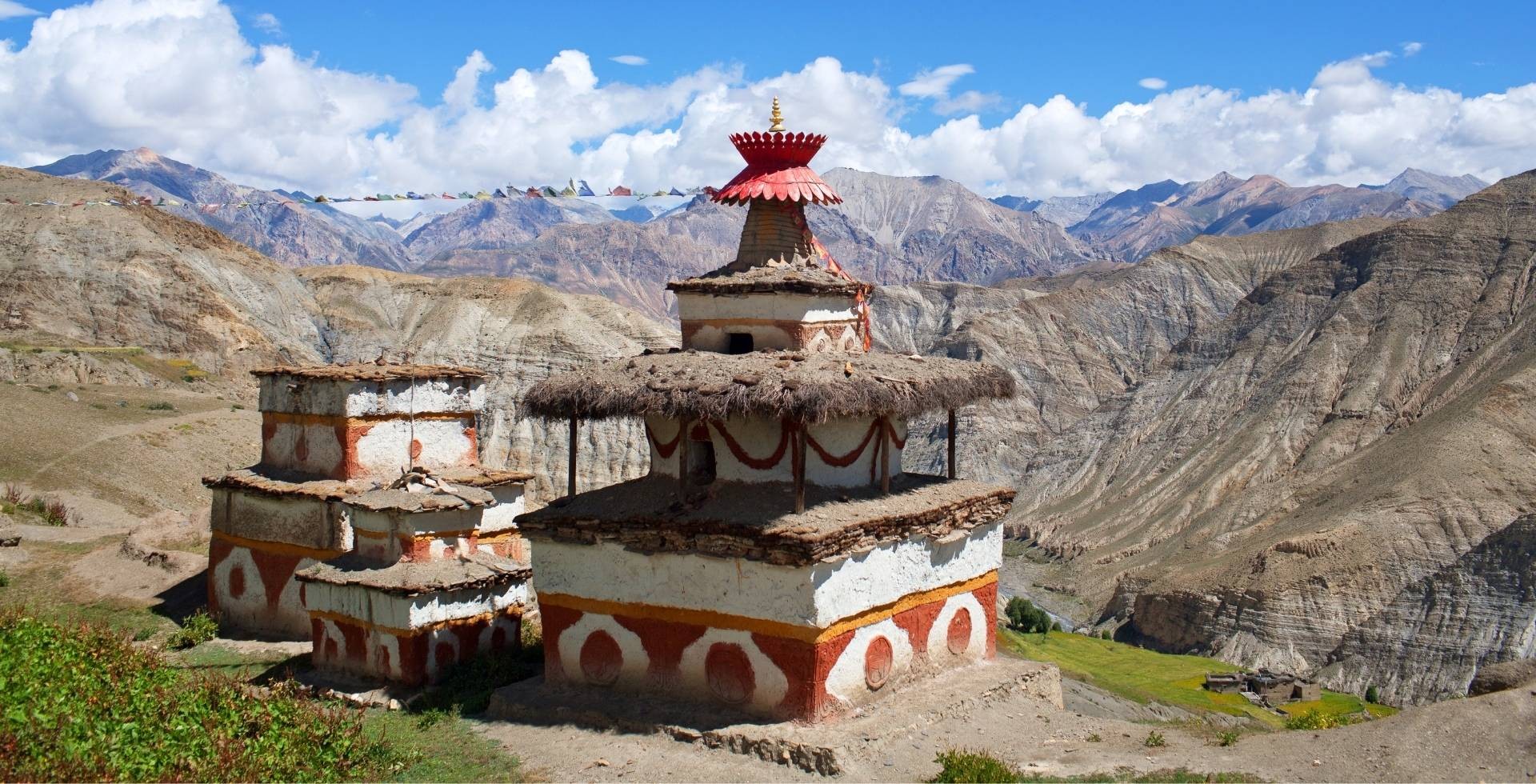
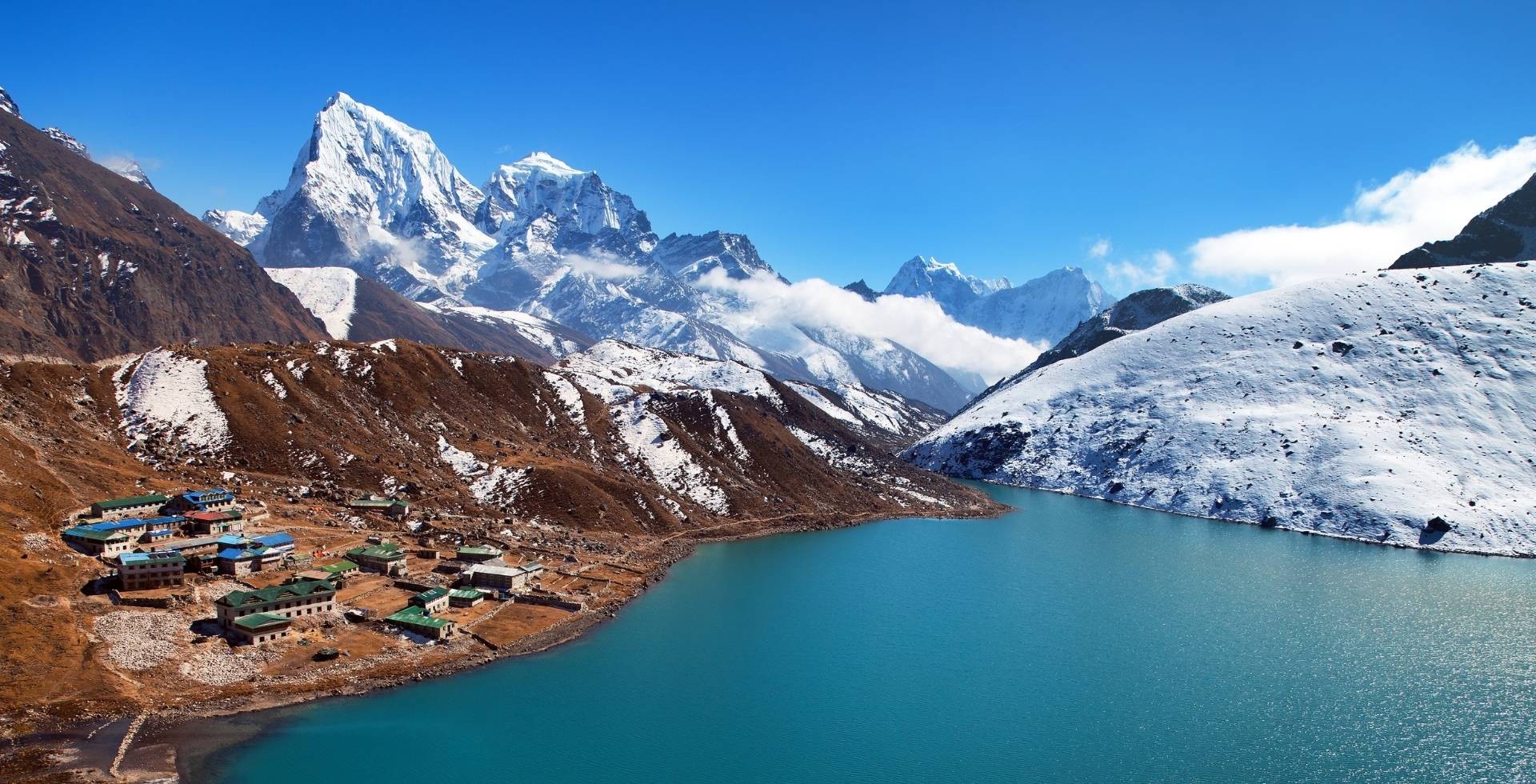
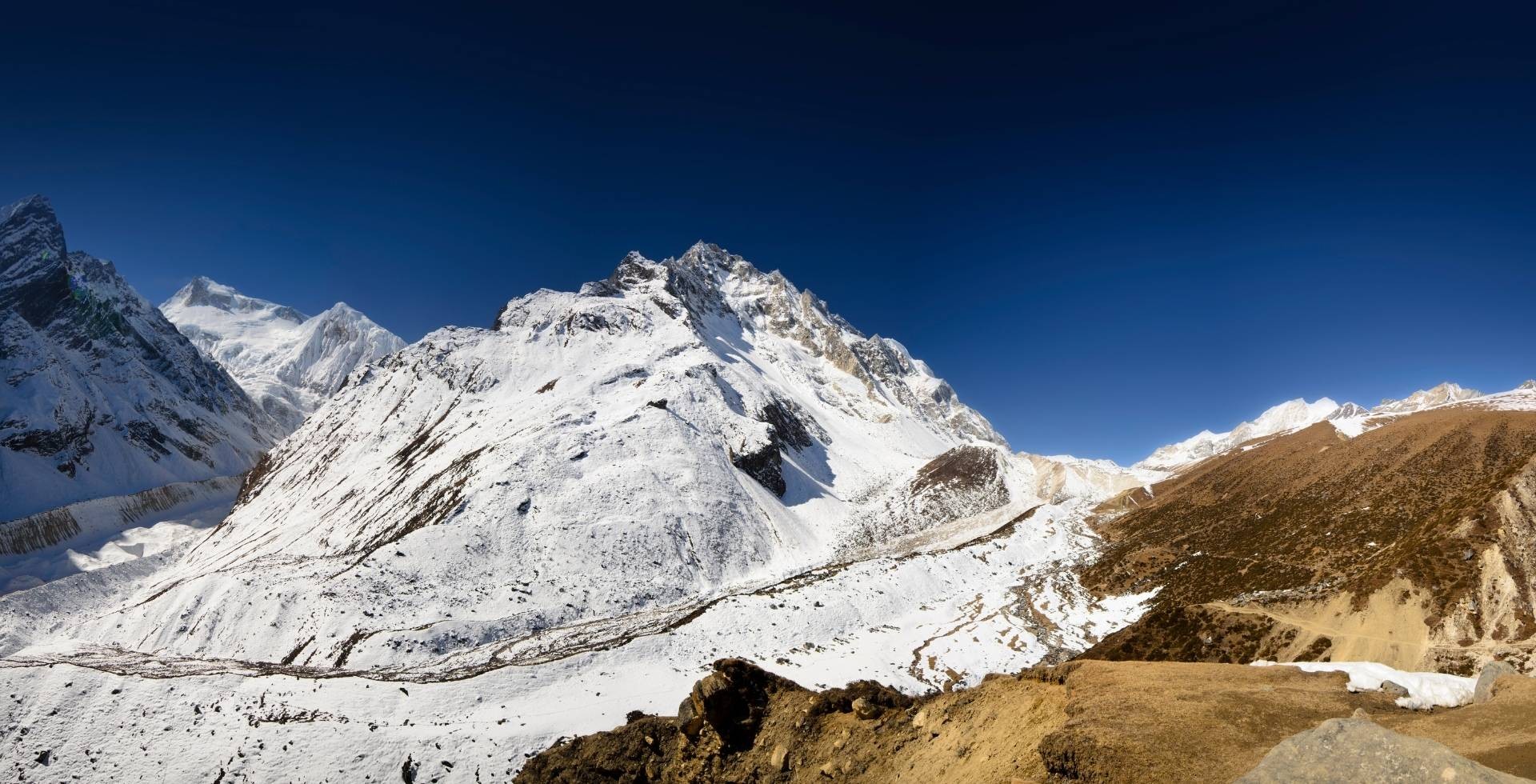
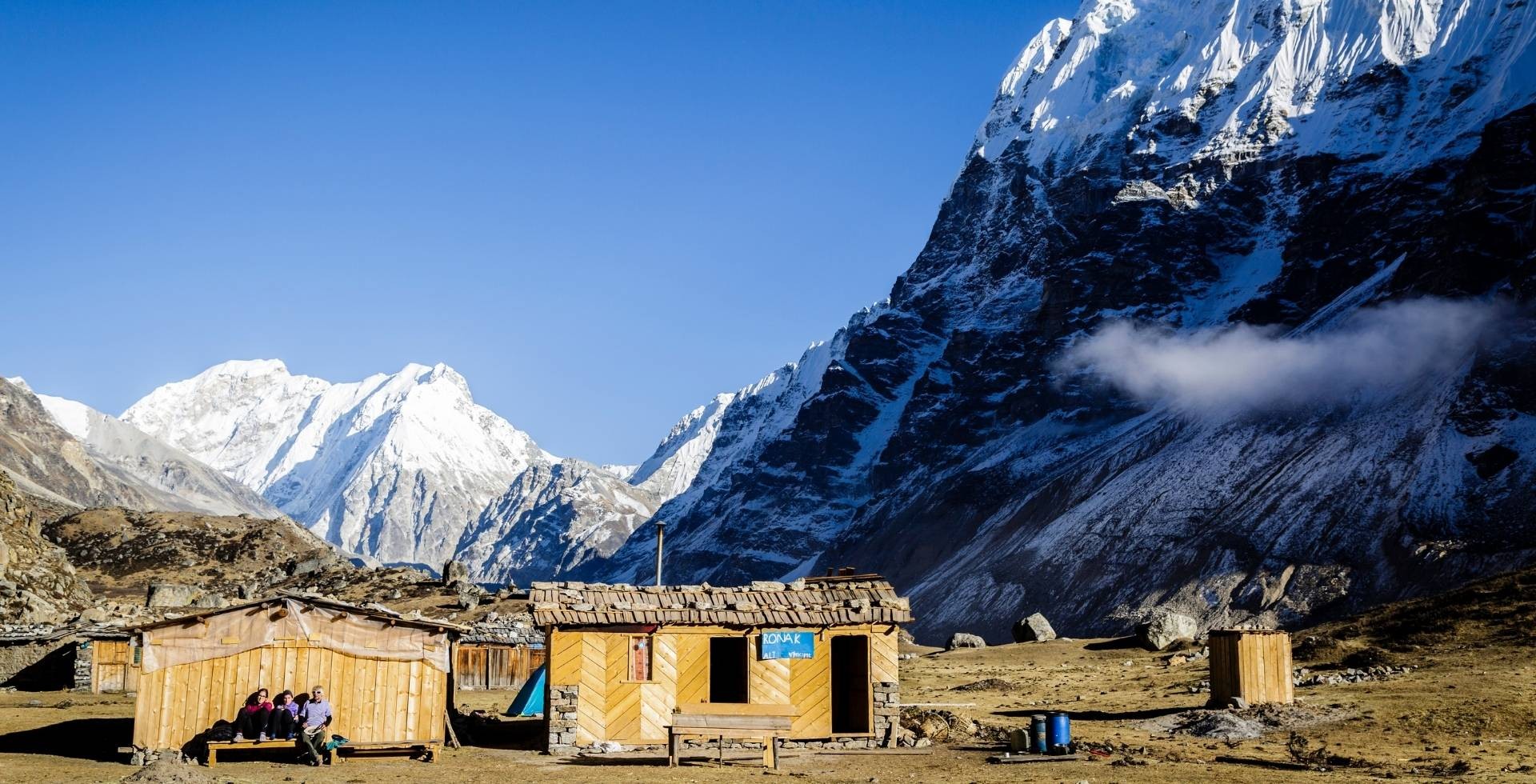
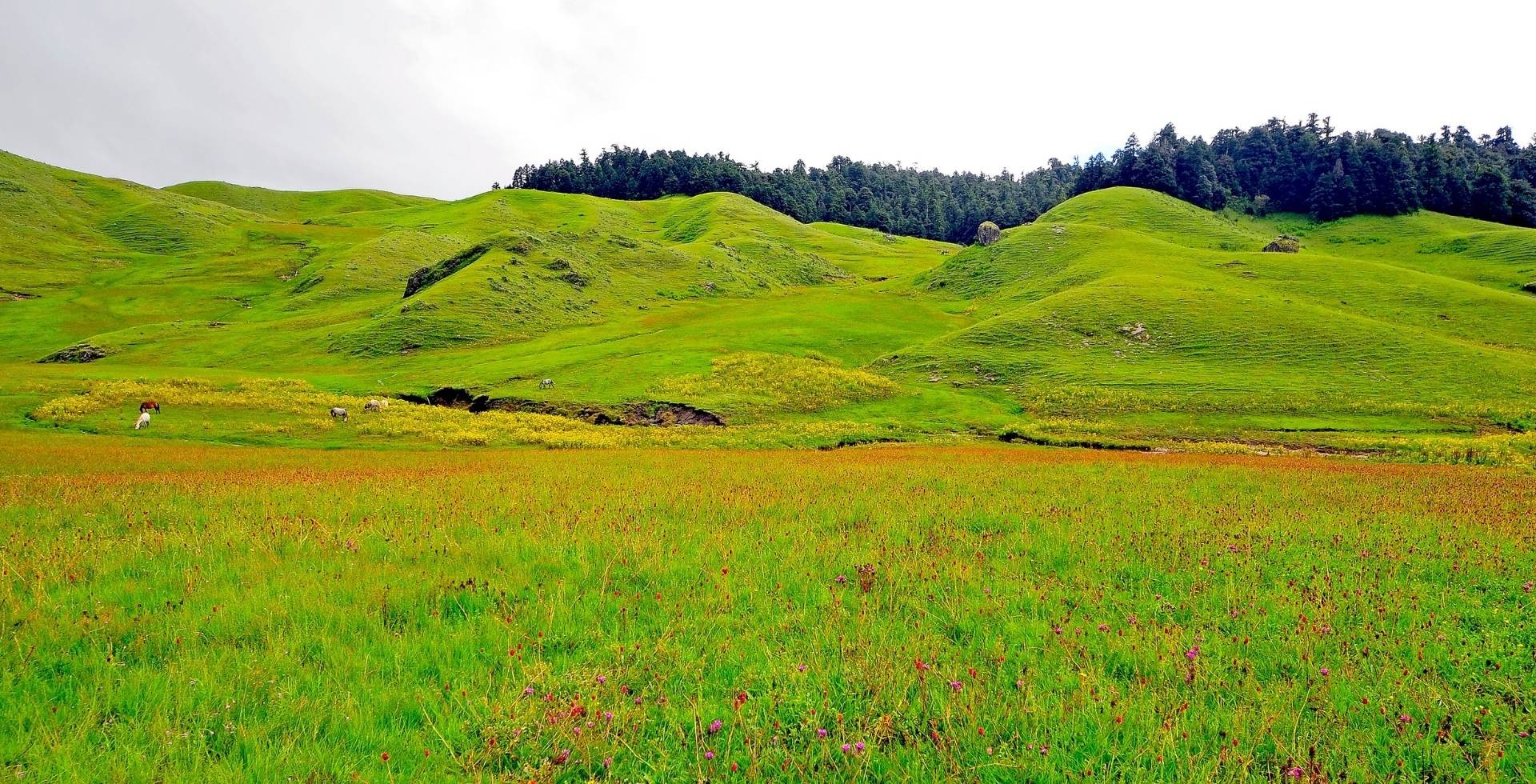
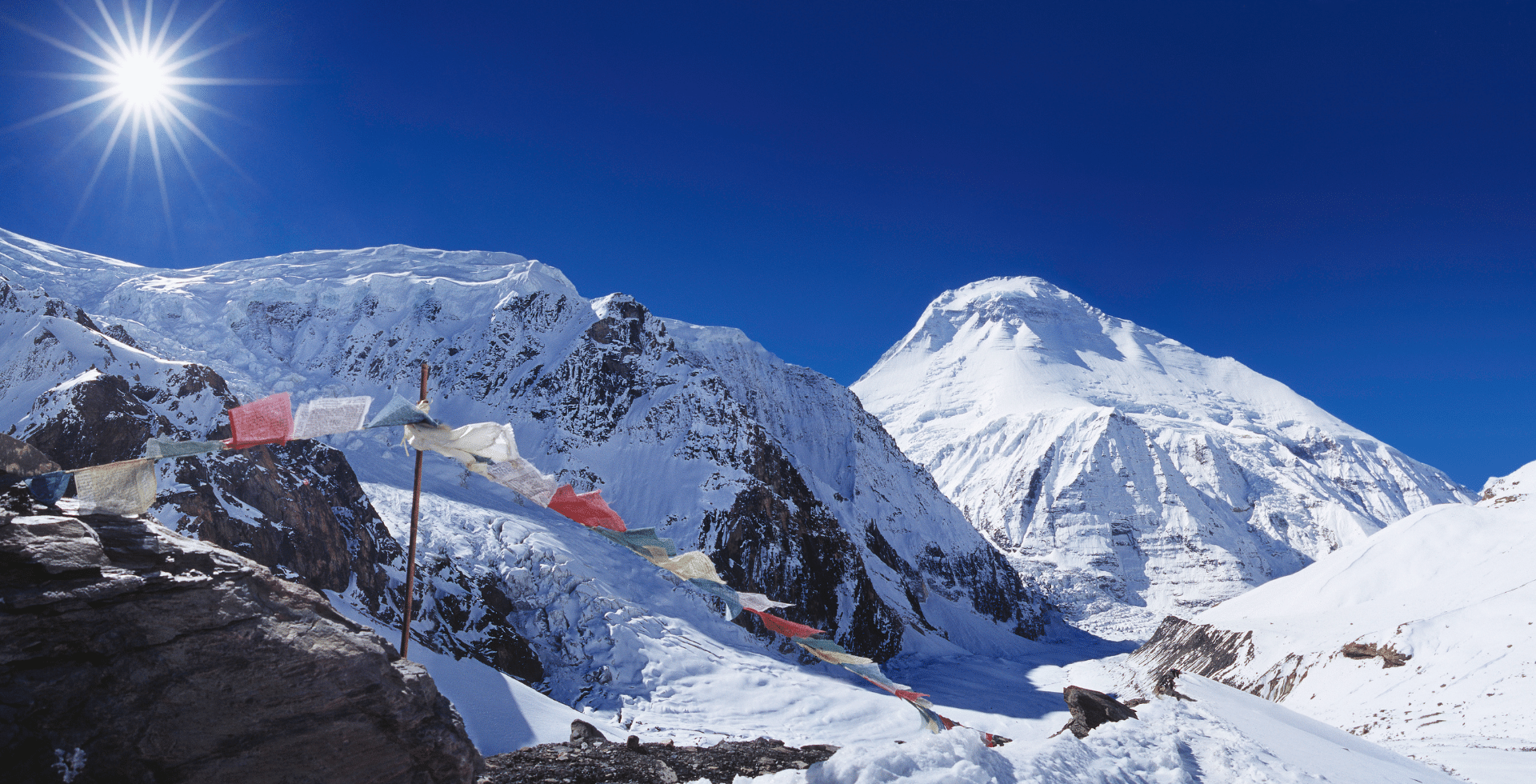
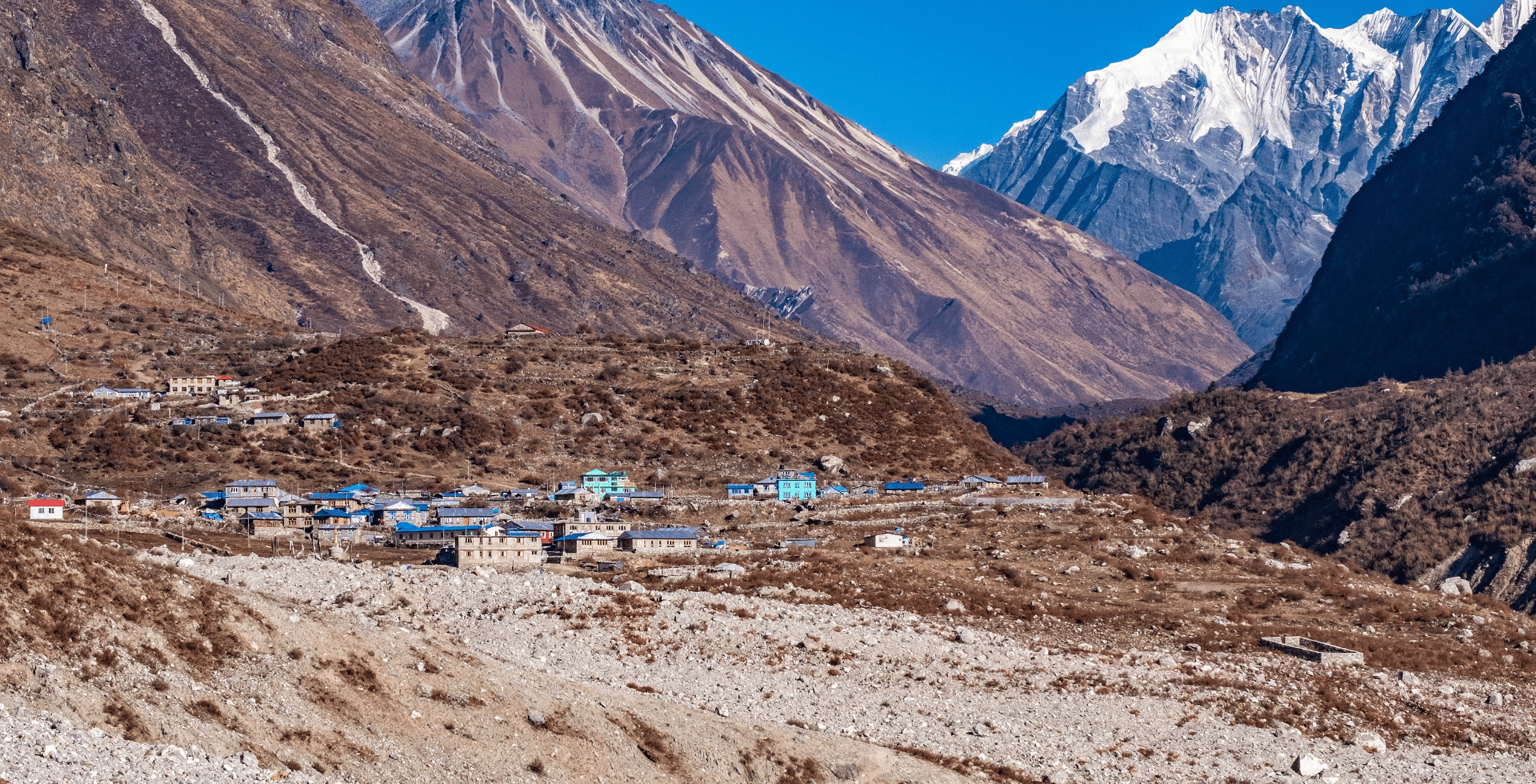
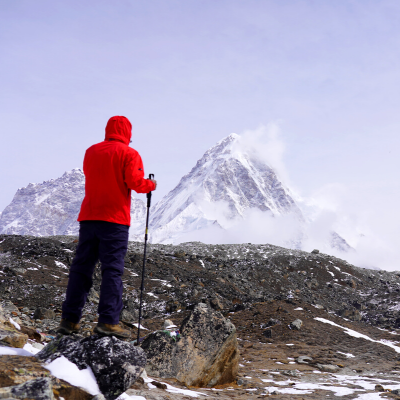 Kiran Neupane
Kiran Neupane